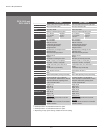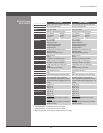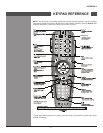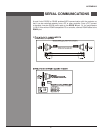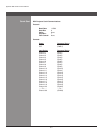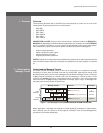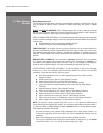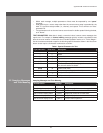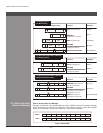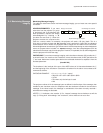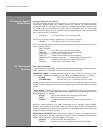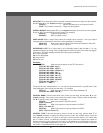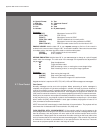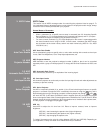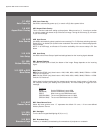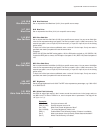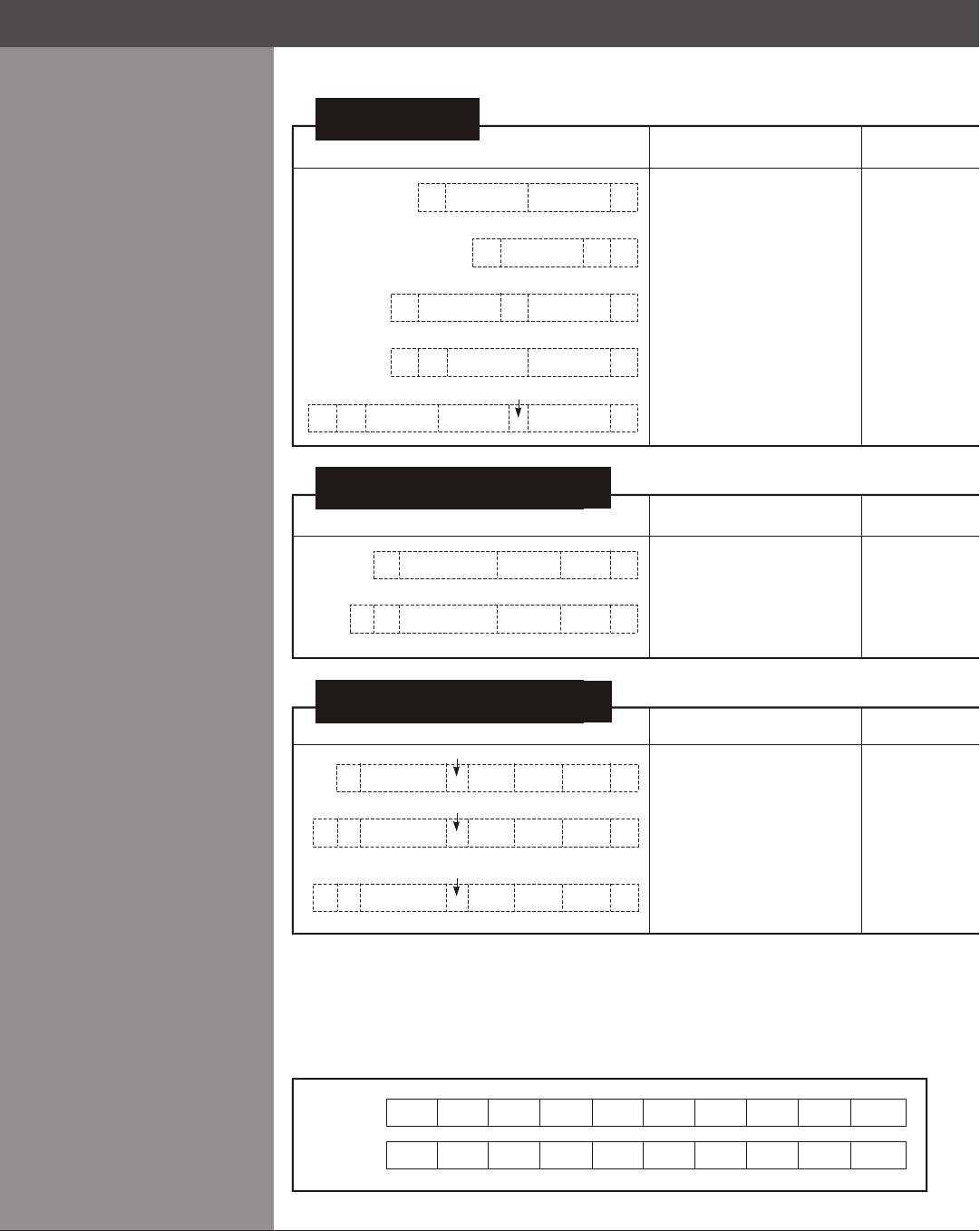
Wolf Cinema Owner's Manual
B-6
(
(
(
(
$
$
(
(
(
Code
Code Data
CodeDest. Addr. Data
Code
Code
Code
Dest. Addr.
Dest. Addr.
Dest. Addr.
Dest. Addr.
Checksum
Data
Data
Data
Code
Code
Code
(002 005CON!064)
Code
(5 2con?)
($5 2con?)
Src.
Src.
Src.
Data
(5pwr1)
($5pwr1)
Data
Data
?
!
(
(
(
$
&
$
)
(con64)
)
)
(Con?)?
)
(CON!064)
)
($con64)
)
(&CON64 240)
)
)
)
)
SET
(set contrast to 64)
SET
(turn proj.#5 on)
REQUEST
(what's current contrast?)
REPLY
(contrast is 64)
REQUEST
(get contrast from
proj. #5 to controller #2)
SET AND
ACKNOWLEDGE MESSAGE
(message processed?)
SET AND
ACKNOWLEDGE MESSAGE
(is message from controller #2
processed by proj. #5?)
REPLY
(from proj. #5 to
controller #2: contrast is 64)
SET WITH CHECKSUM
space
space
space
space
• For Single Projector
• For Broadcasting
• For Specific Projector Within a Network
• 1 Controller Present
• For Specific Projector Within a Network
• Multiple Controllers Present
Examples
Examples
Examples
Function
Function
Function
Message Format
Message Format
Message Format
SET AND
ACKNOWLEDGE MESSAGE
(message processed?)
What is Actually Sent in a Message
Although you will send and read messages as strings of ASCII characters, the actual message
travels as a sequence of bytes. Each character in this sequence requires 1 byte. See example
below, which illustrates a “lamp limit is 2000 hours” reply from the projector.
ASCII =
HEX =
(
LP L!
2000
)
0x4c0x28 0x50 0x28 0x21 0x32 0x30 0x30 0x30 0x29
Figure 2. ASCII as Hex
2.3 What is Actually
Sent in a Message
AppendixB►SerialCommunications



